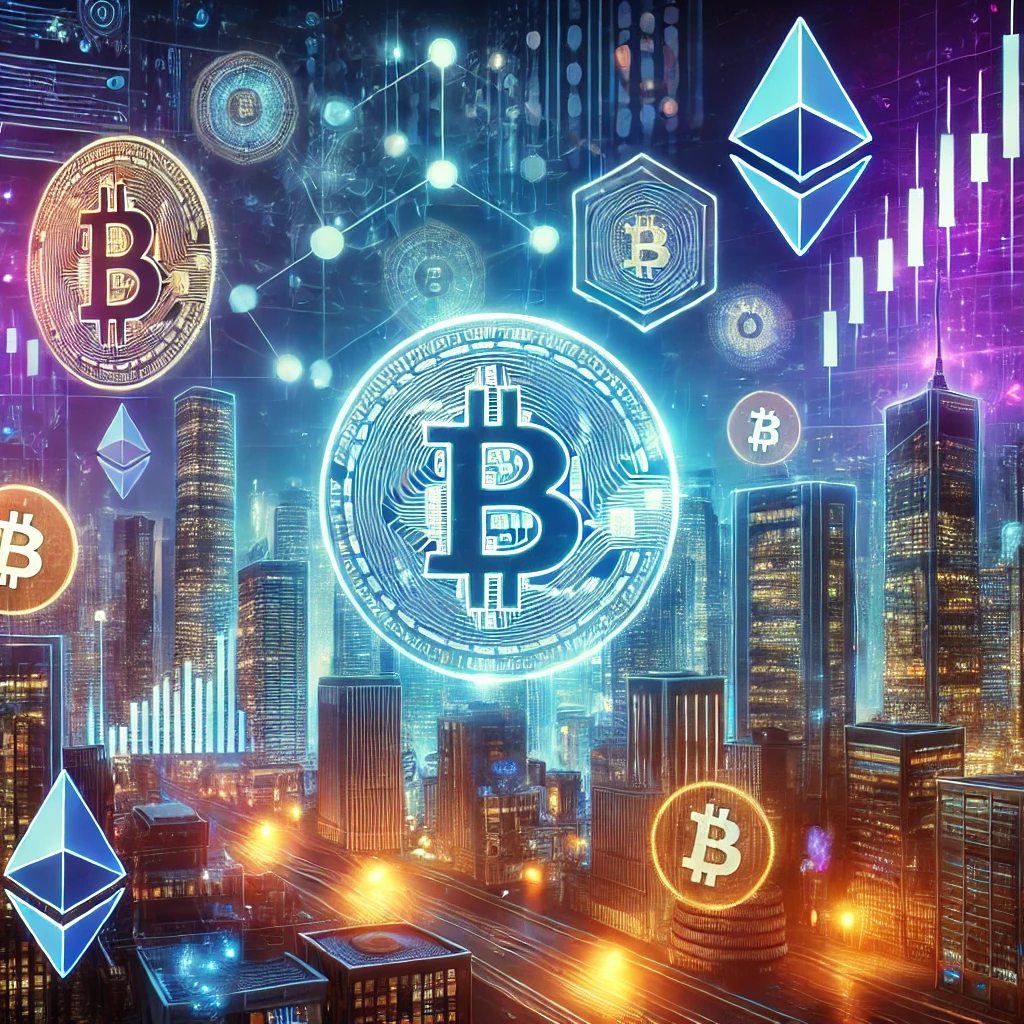Blockchain gaming, once a niche segment within the broader gaming industry, is poised to make significant strides in 2025. Industry experts are predicting a transformative year, with Web3 gaming expected to attract 50 million monthly active users. This surge in adoption signals not only the maturation of blockchain gaming but also its potential to redefine how games are developed, played, and monetized. Ava Labs’ gaming lead, “Park,” anticipates major Western publishers entering the Web3 gaming space, either through development or acquisition, further accelerating the sector’s mainstream adoption.
The Growth Trajectory of Blockchain Gaming
Blockchain gaming leverages decentralized technologies to offer players ownership of in-game assets, transparent transactions, and a new level of engagement. The sector has witnessed exponential growth over the past few years, fueled by advancements in blockchain technology and a growing interest in Web3 concepts.
In 2024, the blockchain gaming industry saw an influx of investments, with venture capital firms and gaming giants recognizing the untapped potential of this emerging market. High-profile partnerships and the launch of blockchain-integrated titles have paved the way for broader acceptance. As the technology becomes more accessible and scalable, the industry is expected to reach new heights in 2025.
Factors Driving Growth
Several factors contribute to the anticipated growth of blockchain gaming:
- Player Ownership and Control: Blockchain gaming allows players to truly own their in-game assets, such as skins, weapons, and collectibles, which can be traded or sold across platforms. This level of control has resonated with gamers tired of traditional systems that limit asset portability.
- Enhanced Monetization Opportunities: Web3 gaming introduces new revenue streams for developers and players alike. In-game economies powered by cryptocurrencies enable players to earn while they play, fostering a vibrant ecosystem of creators and traders.
- Mainstream Interest: Major gaming publishers have begun to explore blockchain technology, driven by its potential to enhance player experiences and revenue models. Experts believe that 2025 will see at least one significant acquisition or entry into the space by a Western gaming giant.
- Technological Advancements: The scalability of blockchain networks has improved significantly, addressing past concerns about transaction speed and costs. Layer-2 solutions and sidechains now enable seamless integration of blockchain technology into gaming platforms.
- Community Engagement: Decentralized gaming platforms empower communities to influence game development and governance. This participatory model has created a loyal and engaged player base.
The Role of Web3 in Transforming Gaming
Web3 gaming represents a paradigm shift, moving from centralized systems to decentralized ecosystems. This transition has profound implications for game design, monetization, and player interaction.
- Decentralized Asset Ownership: In traditional gaming, assets are confined to specific platforms. Web3 gaming enables players to own assets as NFTs (non-fungible tokens), which can be traded or used across multiple games.
- Play-to-Earn (P2E) Models: P2E games reward players with cryptocurrencies or NFTs for their time and effort. This model has gained traction in emerging markets, where gaming can serve as a supplementary income source.
- Interoperability: Blockchain technology facilitates interoperability between games, allowing players to carry their progress, assets, and identities across different titles.
Challenges to Overcome
Despite its potential, blockchain gaming faces several challenges that could hinder its growth:
- Regulatory Uncertainty: The lack of clear regulations around cryptocurrencies and NFTs poses risks for developers and players. Governments worldwide are still grappling with how to regulate digital assets.
- Environmental Concerns: Critics argue that blockchain technology, particularly proof-of-work systems, consumes excessive energy. However, the adoption of energy-efficient mechanisms like proof-of-stake is mitigating these concerns.
- User Experience: The complexity of blockchain wallets and transactions can deter non-technical users. Simplifying onboarding processes will be crucial for mass adoption.
- Skepticism and Trust Issues: Scams and fraudulent projects have tarnished the reputation of blockchain gaming. Establishing trust through transparent practices and reputable partnerships is essential.
The Impact of Major Publishers
The anticipated entry of a major Western gaming publisher into the Web3 space could be a game-changer. Such a move would lend credibility to the industry and attract a broader audience. Established publishers bring expertise in game design, marketing, and distribution, which could accelerate the adoption of blockchain gaming.
Potential strategies for these publishers include:
- Acquisitions: Acquiring successful blockchain gaming startups to integrate their technology and expertise.
- Collaborations: Partnering with blockchain platforms to co-develop games that leverage decentralized technologies.
- In-House Development: Establishing dedicated teams to explore blockchain integration within their existing franchises.
Predictions for 2025
Industry experts foresee several key trends shaping the blockchain gaming landscape in 2025:
- Increased Player Adoption: With 50 million monthly active users projected, blockchain gaming will become a mainstream phenomenon. Enhanced user experiences and compelling game designs will drive this growth.
- Diverse Game Genres: Blockchain gaming will expand beyond P2E and collectibles into genres like RPGs, strategy games, and multiplayer shooters, catering to a wider audience.
- Integration with the Metaverse: The convergence of blockchain gaming and the metaverse will create immersive virtual worlds where players can socialize, trade, and play.
- Greater Transparency: Blockchain’s transparent nature will address issues like loot box controversies and pay-to-win mechanics, fostering fairer gaming ecosystems.
- Sustainable Practices: Developers will adopt energy-efficient blockchain solutions, addressing environmental concerns and appealing to eco-conscious players.
Conclusion
The year 2025 promises to be a turning point for blockchain gaming. With projections of 50 million monthly active users and increased involvement from major gaming publishers, the industry is set to enter a new era of innovation and mainstream acceptance. However, realizing this potential will require overcoming challenges related to regulation, user experience, and trust.
As blockchain technology continues to evolve, it will unlock new possibilities for gaming, empowering players and developers alike. By embracing decentralization, fostering community engagement, and prioritizing sustainability, the blockchain gaming sector can shape the future of interactive entertainment. The journey ahead is exciting, and the gaming industry is on the cusp of a revolution that will redefine how we play, interact, and connect in the digital age.
ALSO READ: Winning the Battle Against Gaming Scams




